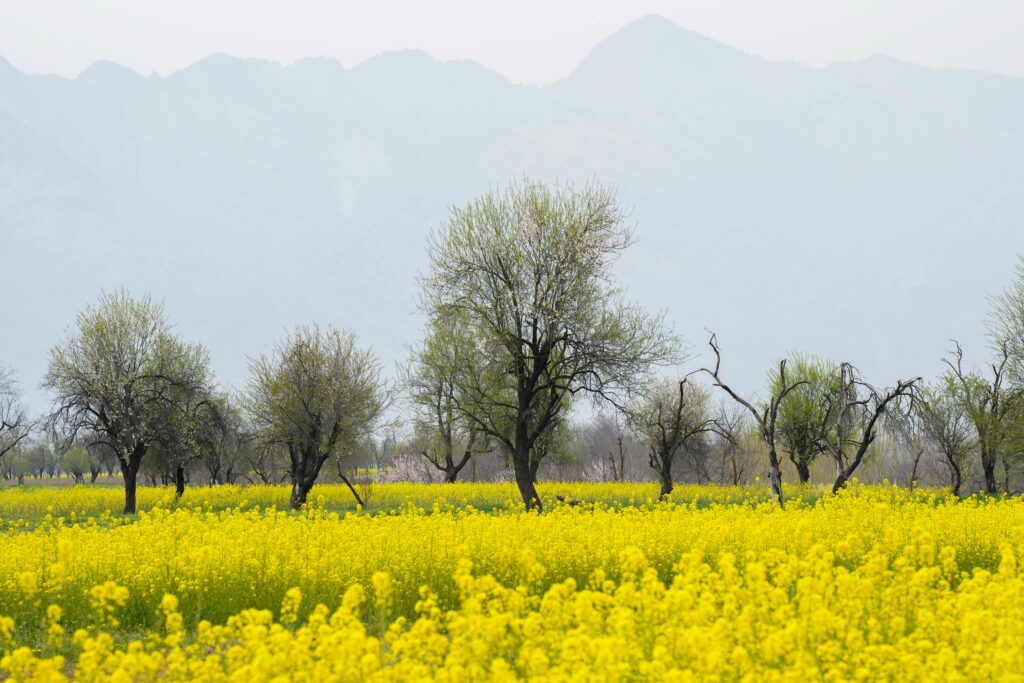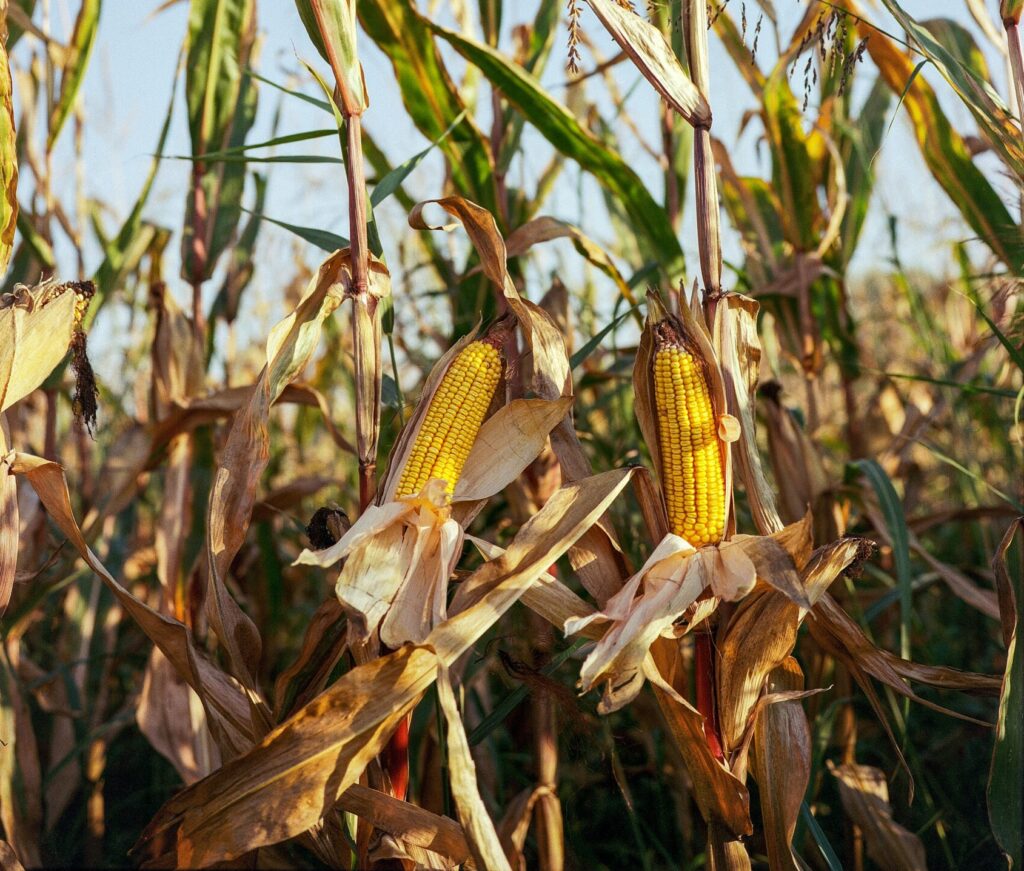Vegetable farming involves cultivating various types of vegetables for consumption. Different methods and approaches to vegetable farming are used worldwide, depending on factors like climate, available resources, and farming goals. Here’s an in-depth look at the various types of vegetable farming:
Conventional Farming
Conventional farming is the most common type of farming, where chemical fertilizers, pesticides, and herbicides are used to maximize crop yields. This method often involves large-scale monoculture, where a single crop is grown over vast areas.
- Use of synthetic fertilizers and pesticides.
- Focus on high yield and efficiency.
- Large-scale operations, often with heavy machinery.
Advantages: High productivity and efficient land use.
Disadvantages: Environmental concerns, including soil degradation, pollution, and reduced biodiversity.
Organic Farming
Organic farming avoids synthetic chemicals and emphasizes natural processes. Organic farmers use compost, manure, and biological pest control methods to maintain soil health and control pests.
- Use of natural fertilizers (e.g., compost, green manure).
- Biological pest control and crop rotation.
- Certification required to market produce as organic.
Advantages: Healthier soil, reduced environmental impact, and healthier produce.
Disadvantages: Lower yields, higher labor costs, and more time-intensive.
Hydroponic Farming
Hydroponic farming is a method where vegetables are grown in nutrient-rich water rather than soil. This method allows for precise control of nutrient levels and is ideal for urban or indoor farming.
- Plants grow in water with dissolved nutrients.
- No soil required, often grown in greenhouses or controlled environments.
- Can be stacked vertically to maximize space.
Advantages: Water-efficient, high yields, and year-round production.
Disadvantages: High initial setup costs and requires technical knowledge.
Aquaponic Farming
Aquaponics combines hydroponics with aquaculture (raising fish). The waste produced by the fish provides nutrients for the plants, and the plants help filter the water for the fish.
- Integrated system where fish and plants benefit each other.
- Closed-loop system with minimal waste.
- Can be done on a small or large scale.
Advantages: Sustainable, efficient use of water, and produces both fish and vegetables.
Disadvantages: Complex to manage, high initial cost, and requires careful balancing.
Permaculture
Permaculture is a sustainable farming approach that mimics natural ecosystems. It involves designing farming systems that are self-sufficient and environmentally friendly.
- Emphasis on diversity, intercropping, and polyculture.
- Use of natural resources and processes.
- Integration of animals, plants, and landscape.
Advantages: Long-term sustainability, low environmental impact, and biodiversity.
Disadvantages: Lower yields initially, requires detailed planning, and labor-intensive.
Vertical Farming
Vertical farming involves growing vegetables in vertically stacked layers, often in controlled indoor environments. This method is popular in urban areas where space is limited.
- Use of vertical space to grow crops.
- Controlled environment with artificial lighting.
- Often incorporates hydroponic or aeroponic systems.
Advantages: Space-efficient, can be done in urban areas, and year-round production.
Disadvantages: High energy costs for lighting and climate control, and high setup costs.
Greenhouse Farming
Greenhouse farming involves growing vegetables in a controlled environment, which protects crops from extreme weather and allows for extended growing seasons.
- Crops grown in glass or plastic-covered structures.
- Controlled temperature, humidity, and light.
- Can use soil or soilless methods like hydroponics.
Advantages: Extended growing seasons, protection from pests and weather, and higher yields.
Disadvantages: High setup and operational costs, and requires careful management.
Urban Farming
Urban farming refers to growing vegetables in urban areas, using small plots of land, rooftops, balconies, or community gardens. It often incorporates techniques like container gardening or vertical farming.
- Small-scale farming within city limits.
- Use of innovative growing methods like container gardening or vertical farms.
- Often community-based or for personal consumption.
Advantages: Fresh produce in urban areas, reduces food miles, and promotes community engagement.
Disadvantages: Limited space, potential for soil contamination, and lower yields.
No-Till Farming
No-till farming is a conservation method where the soil is not tilled or turned over. Instead, crops are planted directly into the soil, which helps maintain soil structure and reduce erosion.
- Minimal soil disturbance.
- Use of cover crops and mulches to protect the soil.
- Emphasis on soil health and conservation.
Advantages: Reduces soil erosion, improves soil health, and reduces labor.
Disadvantages: Requires more careful management of weeds and pests.
Biodynamic Farming
Biodynamic farming is a holistic approach that considers the farm as a living system. It involves organic practices, as well as spiritual and astrological considerations.
- Use of organic and natural methods.
- Incorporation of lunar and astrological cycles.
- Emphasis on farm self-sufficiency.
Advantages: Holistic approach, improved soil health, and ecological balance.
Disadvantages: Complex methods, requires specific knowledge, and lower yields.
Integrated Pest Management (IPM) Farming
IPM farming focuses on controlling pests using a combination of biological, cultural, mechanical, and chemical methods. It’s about reducing pest damage while minimizing the use of harmful chemicals.
- Use of natural predators, crop rotation, and resistant varieties.
- Minimal use of pesticides, only when necessary.
- Monitoring and management of pest populations.
Advantages: Reduces chemical use, environmentally friendly, and effective pest control.
Disadvantages: Requires careful monitoring and management, and can be labor-intensive.
Vegetable farming encompasses a wide range of practices, each with its own advantages and challenges. Whether you’re interested in sustainable methods like organic and permaculture farming or innovative techniques like hydroponics and vertical farming, there’s an approach to vegetable farming that can suit different needs, climates, and resources. Understanding these types can help farmers choose the best method for their land, goals, and resources.
















